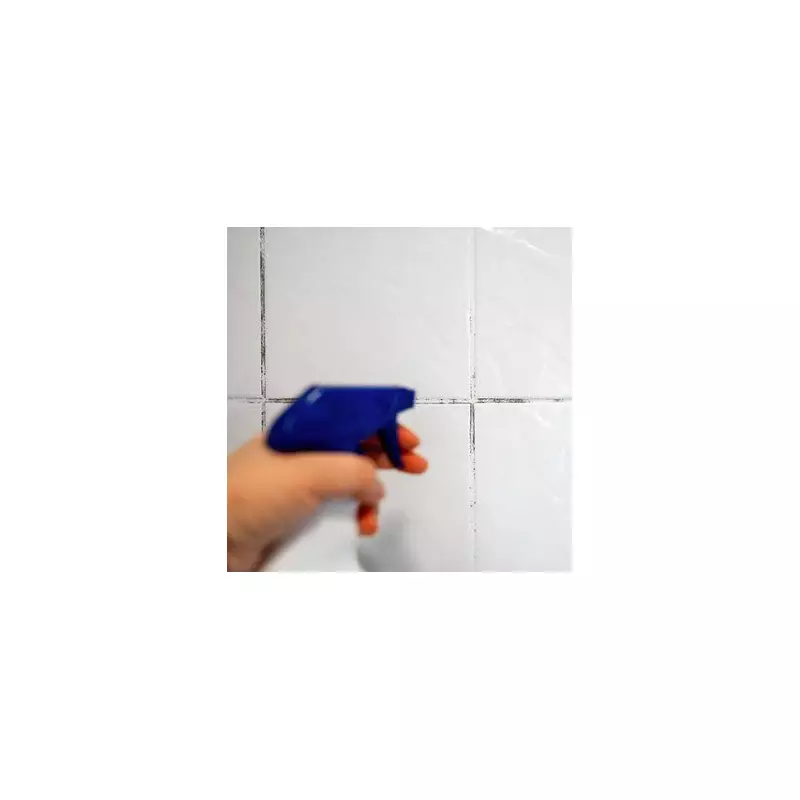
As the colder weather encourages Brits to seal up their homes, creating a cosy but humid environment, a familiar and unwelcome guest often appears: mould. However, a leading home expert has stepped forward to dispel the panic, insisting there is a single 'correct way' to tackle this common household issue using just two simple ingredients.
The Common Moulds Invading British Homes
Before tackling the problem, it helps to know your enemy. Experts from the Centres for Disease Control and Prevention have identified several types of mould that frequently take up residence in our homes.
Alternaria is one such type, noted for its downy or wool-like texture. It thrives in damp areas around sinks and windows and is known to worsen allergies and asthma if it is not removed.
Many will recognise Penicillium as the fuzzy, blue-green coating that appears on forgotten food like fruit and bread. This mould also has a fondness for indoor surfaces such as wallpaper and ceiling tiles.
Perhaps the most common type found in homes is Cladosporium. This mould, which can be blackish-brown or grey-green in colour, grows on a variety of surfaces both outdoors and indoors, including carpets, curtains, and wallpaper.
The most notorious of all is Stachybotrys, often called 'black mould'. This greenish-black fungus prefers cellulose-rich materials like plasterboard, wood, and paper, making it a frequent sight in areas with past water damage, such as bathrooms and kitchens. Long-term exposure to black mould can lead to health issues including persistent coughing, sneezing, and breathing difficulties.
The Expert-Approved Method to Banish Mould
An authority from Martha Stewart's home blog has cut through the noise to provide a clear, effective method for mould removal. The solution requires no harsh chemicals, just two common household items: white vinegar and water.
Before you begin, ensure you have the right tools for the job. You will need a spray bottle, a scrub brush or sponge, a microfiber cloth, and protective gear including gloves, a mask, and eye protection.
The cleaning guru outlined the step-by-step process for effective mould removal:
First, take a dry microfiber cloth and gently wipe the mouldy surface to remove any loose spores or debris. It is crucial to remove this cloth from the room immediately afterwards to prevent spreading the mould.
Next, create your cleaning solution by mixing equal parts white vinegar and water in a spray bottle. Generously spray this mixture directly onto the affected area and allow it to sit for at least 10 to 15 minutes. This gives the vinegar time to break down the mould.
After the solution has soaked, use a scrub brush or sponge to vigorously scrub the area in a circular motion, making sure to cover the entire mouldy patch. Once scrubbed, rinse the surface thoroughly with clean water and wipe it down with a damp cloth to remove any lingering solution and mould residue.
The final, critical step is to ensure the area dries completely. Use fans or open a window to circulate air and speed up the drying process, as any remaining moisture can invite the mould to return.
Prevention is Key in the Fight Against Mould
While this method is highly effective for removing existing mould, the expert from Martha Stewart's blog also emphasised the importance of prevention. They advised that keeping humidity levels low and maintaining a regular cleaning routine are the best defences against a mould invasion. However, if mould does appear, acting promptly with this simple, natural remedy can protect your home and your health.





